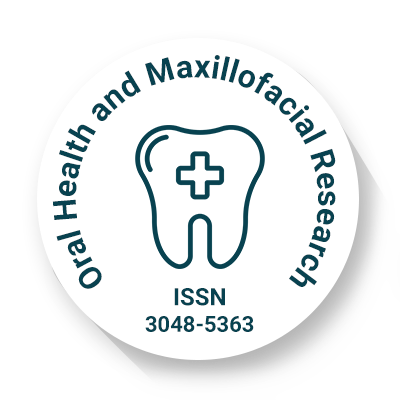Peri-Implantitis Treatment
Mucositis and per-implant bone loss are symptoms of peri-implantitis, a mucosal bone periodontal disease that surrounds a dental implant and requires an evidence-based, multimodal treatment approach. Non-surgical biofilm disruption is part of the treatment, along with intricate bone regeneration and implant surface cleansing procedures.
Non-Invasive Therapeutic Methods
- Mechanical Debridement: To eliminate microbial biofilms, broad mechanical debridement is the technique most often used in the early stages. Practitioners use air-abrasive tools, non-metallic curettes, and ultrasonic scalers with polymer-coated tips to remove deposits from implants with the least amount of surface stress.
- Antimicrobial and Antiseptic Treatment: Hydrogen peroxide or chlorhexidine digluconate (0.12–0.2%) applied topically is the best way to supplement mechanical treatment. Antibiotics such as tetracycline fibres or minocycline microspheres used topically have proved successful in lowering the microbial load. In individuals exhibiting widespread bacterial invasion, a three-daily regimen of amoxicillin (500 mg) and metronidazole (250 mg) has been investigated as a systemic antibacterial treatment.
- Laser Therapy: Several laser technologies, including diode lasers, Er:YAG, and Nd:YAG, have been studied for bacterial decontamination. Without compromising the integrity of the implant surface, it has been observed that the Er:YAG laser, in particular, can limit bacterial populations from peri-implant locations.
- Photodynamic Therapy (PDT): Effectively disrupts bacterial cell membranes by using a light-activated photosensitizer that produces reactive oxygen species. Due to its antibacterial and anti-inflammatory qualities, the treatment approach is currently being evaluated as an adjuvant therapy.
Surgical Treatment Methods
- Resective Surgery: Resectional surgery is performed when there is a large amount of granulation tissue and peri-implantitis. Implantoplasty, a mechanical modification of the implant surface to lessen bacterial colonization, bone recontouring, and the excision of contaminated soft tissue are all included.
- Regenerative Therapy: Autogenous bone grafting, alloplastic materials, and xenografts are used in augmentation procedures to repair the peri-implant deficiencies. By preventing the epithelial tissues from developing lower, guided bone regeneration (GBR) membranes are used to allow the development of new bone.
- Combination procedures: To achieve the optimum results, regenerative and restorative procedures are frequently used in clinical settings, particularly when treating peri-implantitis in anatomically complex locations.
Newly Emerging Methods
- The potential of systemic bisphosphonates, statins, and anti-inflammatory medications to alter bone resorption at the implant site is another area of research.
- Probiotics and Microbiome Regulation: Disease onset has been connected to alterations in the peri-implant microbiota. A new field of study is the use of probiotics to restore microbial homeostasis.
Bioengineered antimicrobial peptides have recently been studied as a novel treatment for peri-implantitis. These peptides have particular bactericidal effects against periopathogenic bacteria.

